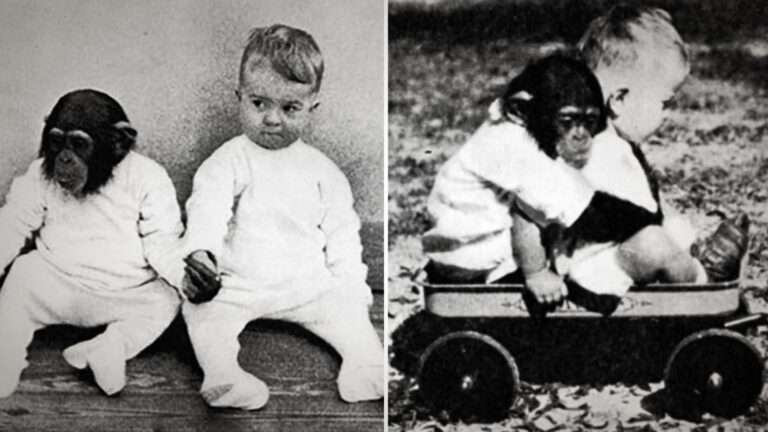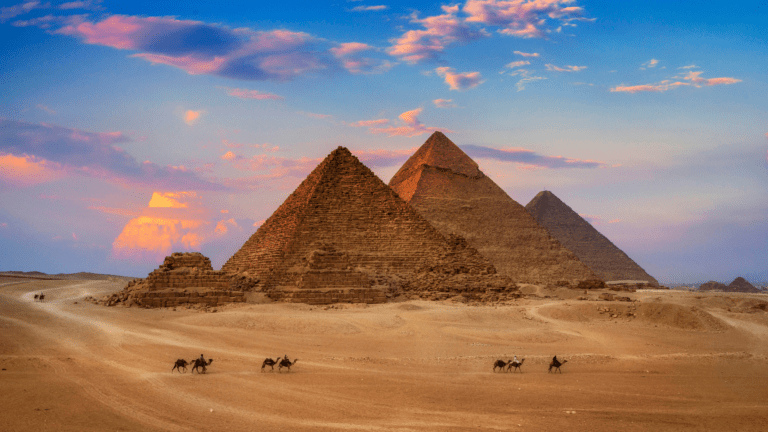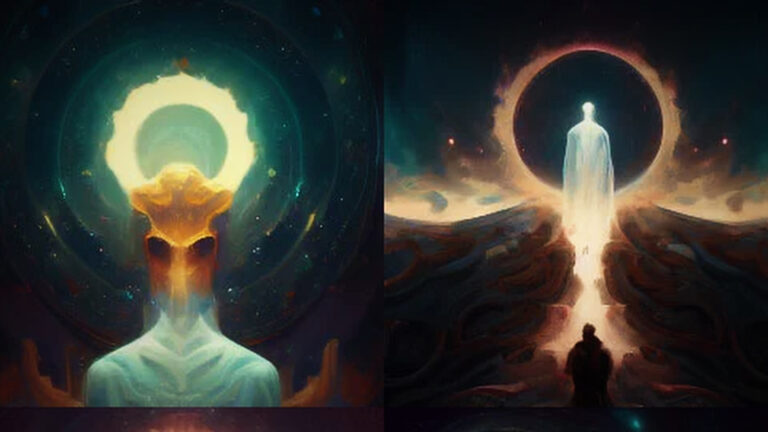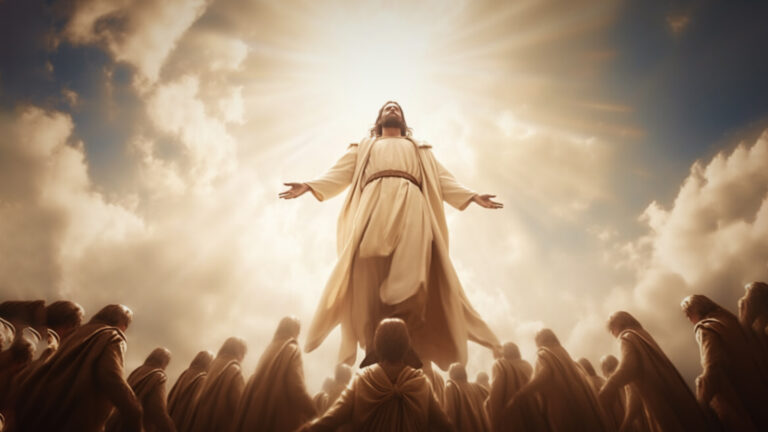NASA Reveals Deepest Photo of the Universe: A Glimpse into the Unknown
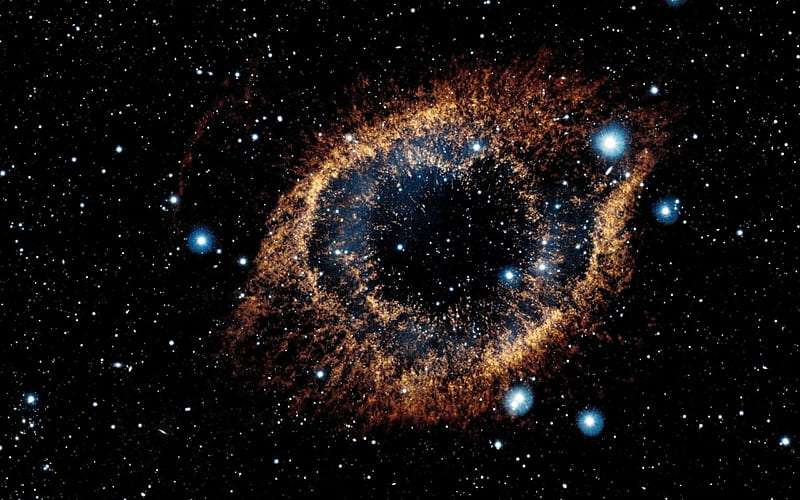
NASA has once again amazed the world with an extraordinary achievement—a breathtaking photograph capturing the deepest view of the universe ever taken. This image is not just a picture; it’s a peek into the farthest reaches of space, offering a glimpse of galaxies, stars, and cosmic wonders billions of light-years away.
A Historic Milestone: What is This Photo?
This stunning photograph was captured by the James Webb Space Telescope (JWST), NASA’s newest and most advanced observatory, which was launched in December 2021. The image reveals a patch of sky that’s about 13 billion years old—meaning it shows us the universe as it looked when it was only a few hundred million years old. That’s almost the entire history of the cosmos!
What makes this photo so mind-blowing is the sheer scale of what’s visible. It shows thousands of galaxies, many of which we’ve never seen before. Some of these galaxies are so far away that their light has taken billions of years to reach us. This allows scientists to study the universe’s earliest moments and understand how galaxies formed and evolved over time.
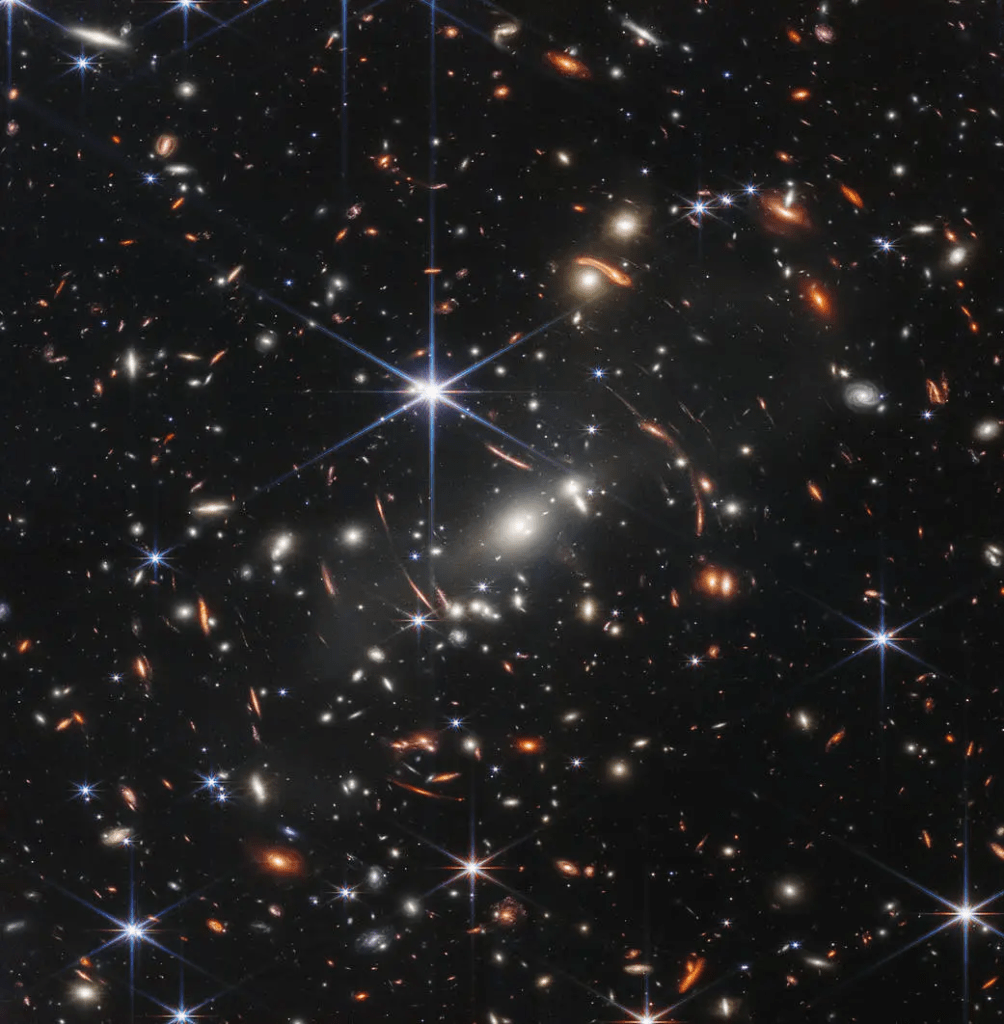
The Deep Field: A Window into the Past
NASA’s image is part of what’s called a “deep field” observation. A deep field is essentially a snapshot of a tiny section of space, but because the universe is so vast, it reveals a huge number of galaxies. The JWST focused on a small patch of sky, no bigger than a grain of sand held at arm’s length, and in that tiny slice, the telescope captured thousands of galaxies. It’s like looking at an ocean from the shore and realizing the vastness you never knew existed.
These galaxies, some of which appear faint and distant, are millions to billions of light-years away. The deeper we look into space, the further back in time we’re able to observe, meaning we are effectively peering into the past, seeing the universe as it was long before Earth even existed.
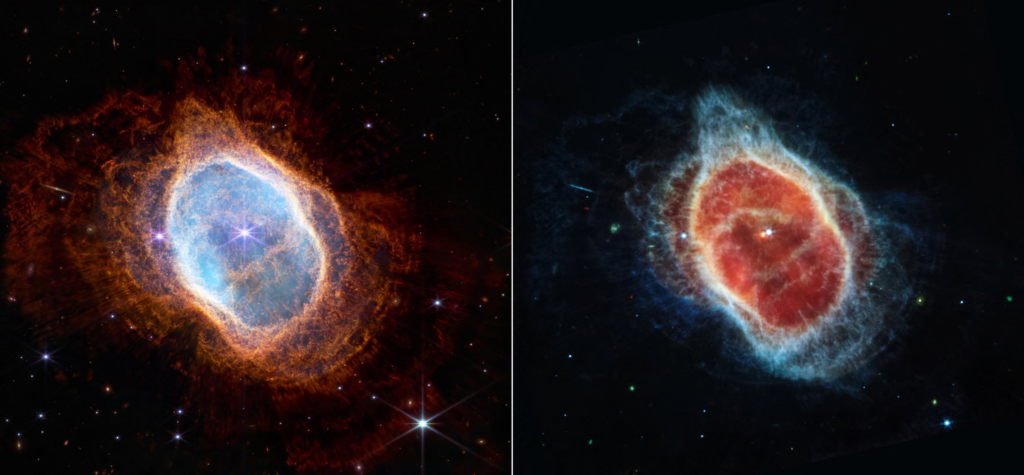
A New Era of Discovery
NASA photo doesn’t just show us pretty colors and faraway stars—it’s a game-changer for science. By studying these distant galaxies, astronomers can learn about the origins of the universe itself. They can also track the formation of stars, black holes, and even entire galaxies, giving us a deeper understanding of cosmic history.
One of the key features of the James Webb Space Telescope is its ability to see in infrared light. Unlike visible light, which we see with our eyes, infrared allows the telescope to detect objects that are too faint or too distant for other telescopes to pick up. It also lets scientists peer through cosmic dust and gas to get a clearer view of the objects hidden beneath.
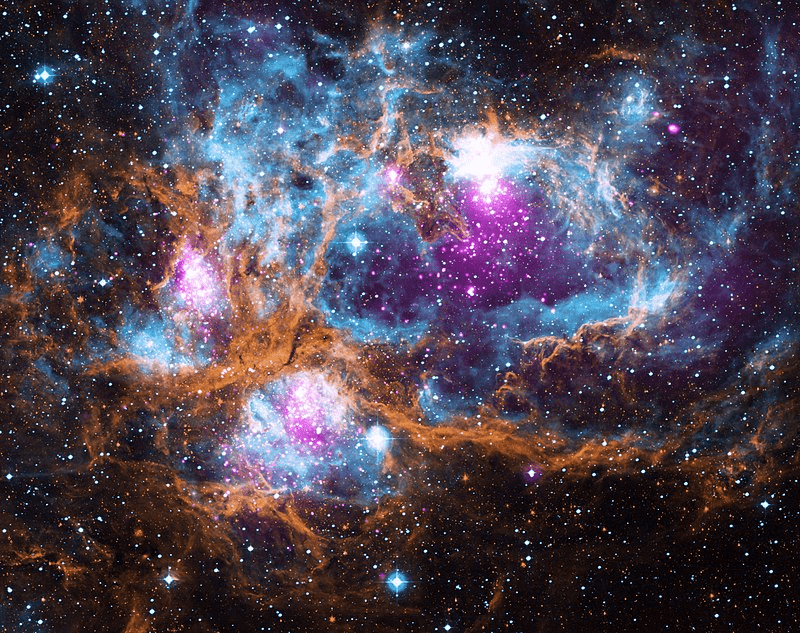
What’s Next?
NASA photo is just the beginning. With the JWST now fully operational, more incredible discoveries are expected to follow. Scientists plan to use the telescope to look even deeper into the universe, studying everything from the birth of stars to the search for habitable planets beyond our solar system.
In the future, NASA hopes that these observations will help answer some of the biggest questions about our existence—like how the universe began, how life formed, and whether we’re alone in the cosmos.
Conclusion: A Glimpse into the Infinite
NASA’s new photograph is more than just a technological achievement; it’s a reminder of how small we are in the vastness of the universe, yet how much we’ve learned and how much we still have to discover. With the James Webb Space Telescope, humanity has taken one more step into the infinite unknown, and the possibilities for what we’ll learn next are endless. Keep your eyes on the sky—the universe is revealing its secrets, one photo at a time!

